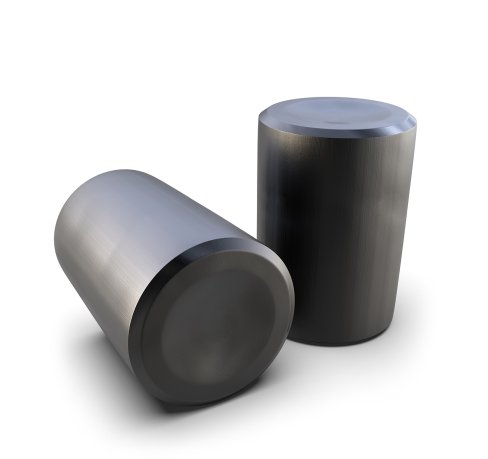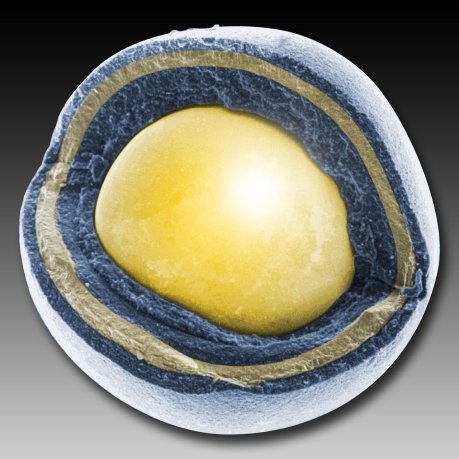
Nuclear fuel
Fuel containing fissile elements used in nuclear reactors. Uranium, plutonium, or thorium are used. Some fast neutron reactors can burn long-lived actinides recovered from spent fuel. The fissile material may be bound into a solid matrix in the form of an oxide, carbide, nitride, or as a metal fuel. The most commonly used type of fuel is uranium dioxide enriched with 3—5 percent of the fissile isotope 235U. The fuel is usually in the form of ceramic pellets. These are placed in a cylindrical cladding to form a fuel rod. A bundle of many fuel rods forms a fuel assembly. In some types of reactors, the fuel takes the form of spheres (e.g. High Temperature Gas-cooled Reactor) or the fuel is dissolved in molten salt which also serves as a coolant (Molten Salt Reactor).





